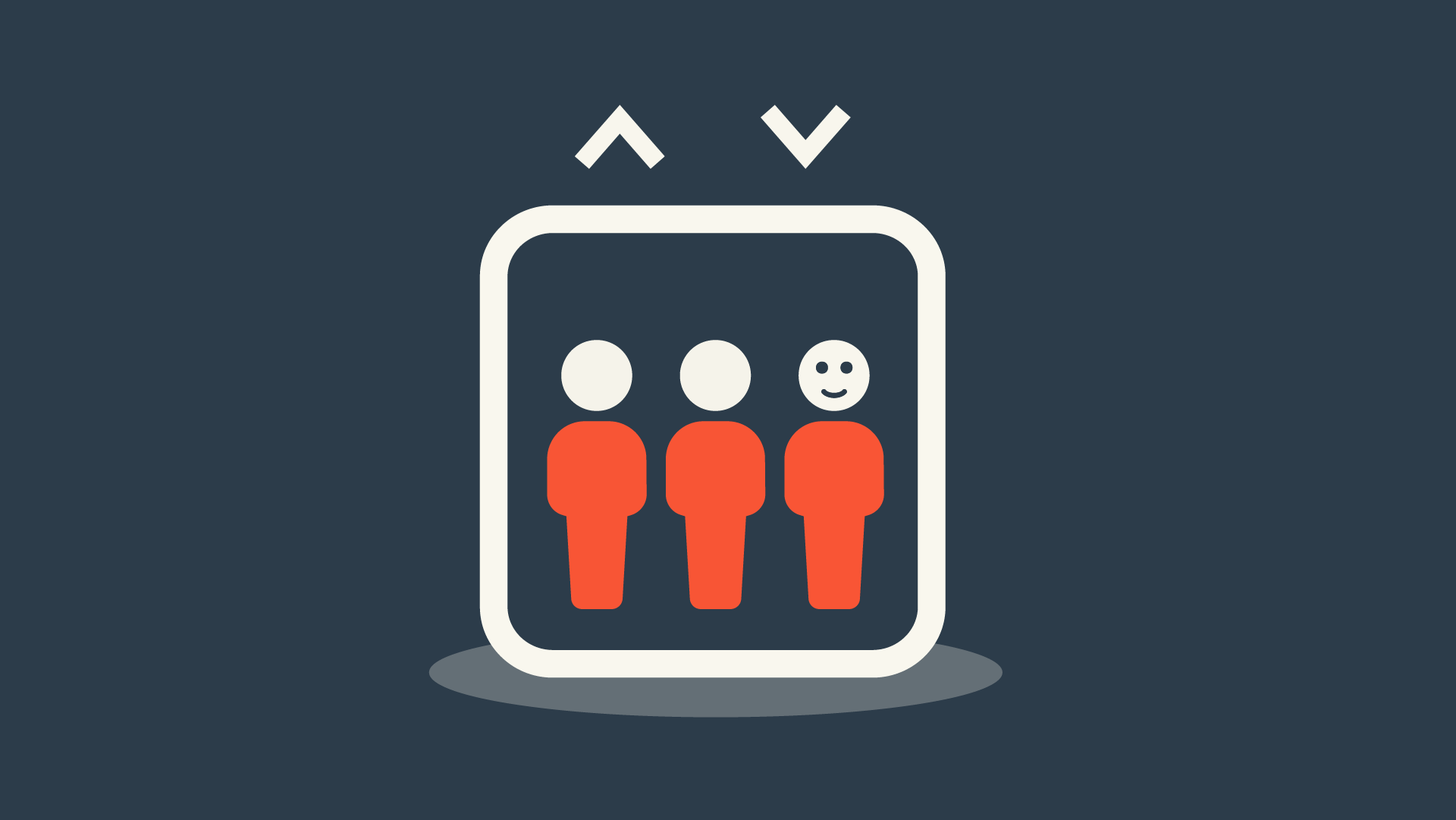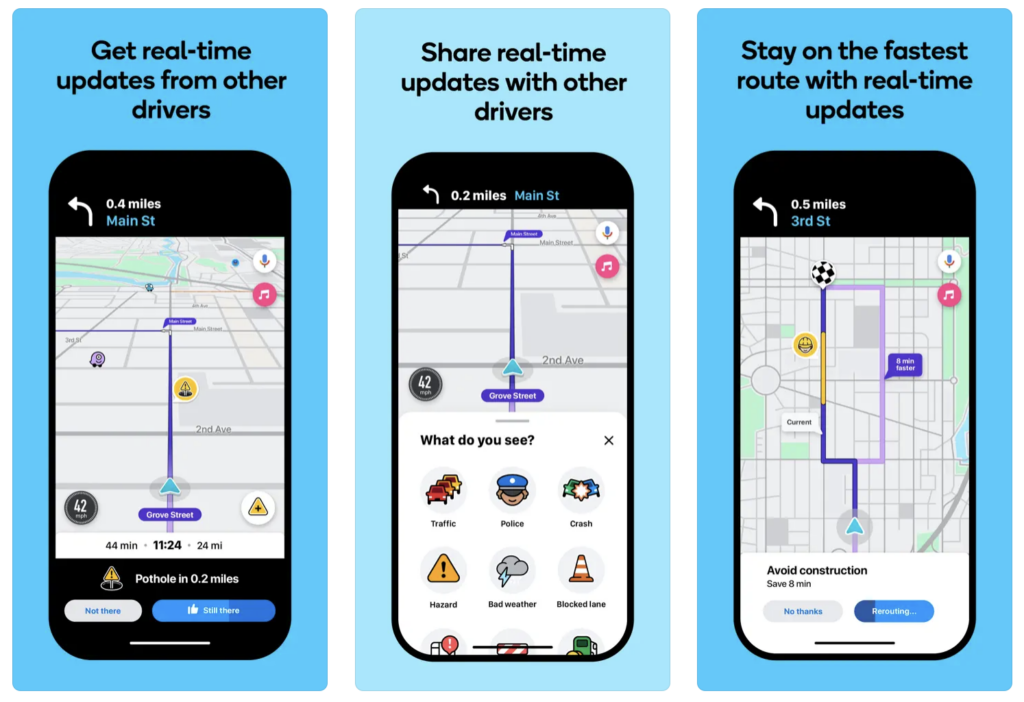Understanding Behavioural Principles and How they Apply to the Web
Jaimie Bell • 14th Feb 2024
By comprehending the building blocks to human behaviour, we can enhance our methods of communication, information presentation, and streamline user experiences. It can help designers create intuitive interfaces that align with how users naturally interact with technology, making their overall experience of a brand or service more enjoyable.
In an ever-evolving world, what constants can we depend on?
Despite the apparent unpredictability of human behaviour, there are consistent patterns that shape our decision-making processes. By understanding these patterns, we can significantly inform and improve our content creation and design strategies.
Here are a few relevant behavioural principles and effects to consider:
- Default effect
- Anchoring
- Social Proof
- Authority
- Recipriocity
Default Effect

Don’t underestimate the human ability to be passive. We tend to accept pre-selected options. Default states are a way for us to bypass having to make a decision, helping to reduce cognitive load. But why is this important?
These can be used to speed up a process and create a smoother user experience, or they can be used to exploit our natural human behaviour. Users tend to interact with websites and apps in the same way, and will intuitively click or scroll past what they perceive to be the norm.
When these elements of a site are used to hide, disguise or auto opt in users into unknowingly subscribing or accepting additional tracking or costs, it is referred to as a ‘dark pattern’.

In web design, ‘default’ states, despite often being judged as lazy, actually serve as potent elements of design. They can dramatically affect conversion levels and overall experience.
Getting the balance right and keeping your user at the core of your design is vital for ensuring a frictionless experience.
Anchoring

What we see first affects our judgement on everything that follows.
The easiest way to explain this is by using house prices. Imagine you were relocating for a job to a new location which you had never visited before. The first house you see in said location is priced at £250,000 and then the next house you see is £550,000.
You automatically think the latter house is ‘pricey’.
However, your thinking is being influenced by an arbitrary starting point. In a sample size of two, this isn’t really a good comparison at all. Yet for some reason we can’t let go of that initial ideal.
Remember that old saying ‘first impressions count’ – well, it’s been proven they actually do and not just when meeting someone for the first time, but also when being presented with information for the first time.
Social Proof

Social proof is when we copy the action/behaviour of others. People look to others to guide their own actions.
Social proof comes in all different forms. In the physical world, this might look like someone staying late at work because their peers stay late. Or it might be joining a queue for your favourite coffee shop without knowing what the queue is for.
One of the most famous social psychology studies demonstrating this behavioural phenomena is the Lift Experiment from 1960 (based on the Acsch conformity study). In this study they had test subjects enter a lift already occupied by various other people (secretly part of the experiment). The study found that the test subject would mimic the behaviour of others in the lift, for example if everyone in the lift faced backwards, they would follow suit. If everyone else took their hat off, so did they.
This effect has deep routes in our evolution as social animals, harking back to a time when being part of a larger group could mean the difference between life and death.

In a digital world, this might look like a star rating on a hotel or for a restaurant. Even though you know that some of those ratings might be paid for and therefore add bias, you can’t help but be persuaded by those 5 little stars.
This is closely linked to another behavioural phenomenon referred to as the ‘Bandwagon effect’, which states that as an idea or belief increases in popularity, we are more likely to adopt it.
Have you by any chance jumped on the hype around AI? Yes, us too. Case in point.
There’s no denying the potent influence this can have and it’s something we have seen first hand through TikTok trends exploding and influencing those even outwith the platform. If you haven’t heard about the resurgence of the cranberry juice, Ocean Spray, and its virality which transcended across platforms, politics and music, then I’d recommend taking a read here.
Authority

The status of a person can also have a big influence on how we make decisions. We conform to those in uniform, in clinical situations and to those who are in powerful positions (presidents, CEOs etc). However, there can be a paradox between wealth and wisdom.
Most notably Warren Buffet said:
“I was at my best giving financial advice when I was 21 years old and people weren’t listening to me, I could have got up there and said the most brilliant things and not very much attention would have been paid to me… Now I can say the dumbest thing in the world and a fair number of people will think there is some great hidden meaning to it.”
What’s key to consider in marketing is how we align brands closely to people in power. We can use influencers to influence but it’s important they align with the brand closely. If the influencer is too far removed from the product/service they are shouting about, the audience will find this disingenuous.
Seek to align closely and work with those who are aspirational and you can positively communicate your offering.
Reciprocity

This is an interesting one.
Humans don’t like to be in debt to one another and this is even before monetary amounts come into play. We are hardwired to return kindness received – as the saying goes “you scratch my back and I’ll scratch yours”.
A good example of this is the app, Waze. This is a Google or Apple Maps contender which uses GPS to show your current location and the available roads/route you can take to a certain destination.
However, the difference is this is a community based app where people can log real-time issues on the road (diversions, accidents, speed cameras etc). But what is the incentive for people to contribute? Reciprocity steps in – because others have helped us on our journey, we feel it’s only right to return the favour by contributing.
Another good example of reciprocity in action can be seen from the AB test run on the Gov.uk tax disc ‘Thank you’ page where users were asked if they wanted to register for organ donation. They tested 8 different variants with the most successful variant introducing concepts of reciprocity and fairness by asking people “If you needed an organ transplant, would you have one? If so please help others”.
Behavioural Psychology is a fascinating subject which continues to advance as research develops and technology advances. We can see how some of these basic principles have transcended online and when used responsibly can be extremely effective.
Find out what makes people tick
to get those all-important clicks.
Let’s chat. Our team can help you navigate the wild, wild web and take your content to the next level. From designing webpages to crafting key messages, these principles have their role to play in many of the brand decisions you make, and their subsequent success.


